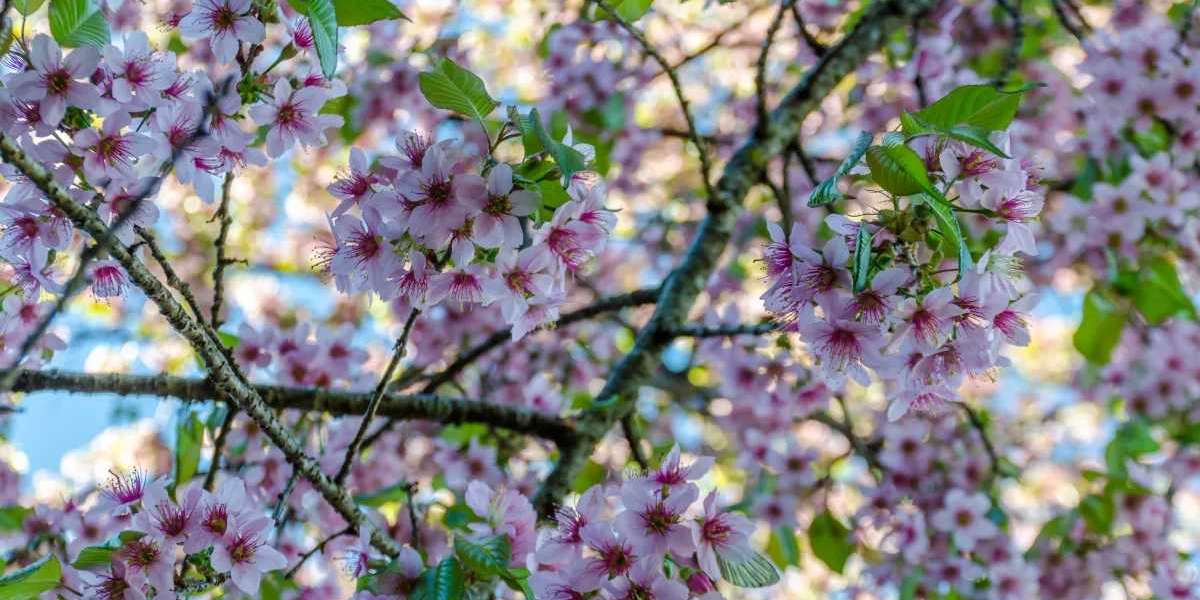Nagaland Tourism: Exploring the Land of Festivals and Natural Beauty
Nagaland, nestled in the northeastern part of India, is a land of mesmerizing landscapes, rich culture, and vibrant traditions. Often referred to as the "Land of Festivals," this beautiful state is home to 16 major tribes, each with unique customs, dialects, and traditions. With picturesque hills, lush valleys, and an intriguing history, Nagaland offers travelers a perfect blend of cultural exploration and nature escapades. From trekking in scenic valleys to participating in grand festivals, Nagaland promises unforgettable experiences.
Best Time to Visit Nagaland
The best time to visit Nagaland is from October to May, when the weather is cool and pleasant, making it ideal for sightseeing, trekking, and participating in festivals. The winter months, particularly December, are a great time to witness the famous Hornbill Festival, a vibrant celebration that showcases the state’s rich cultural heritage.
During the summer season (March to May), the temperatures remain mild, ranging from 16°C to 31°C. This period is ideal for outdoor activities and exploring Nagaland’s scenic beauty. However, it’s advisable to avoid the monsoon season (June to September) as heavy rainfall often leads to landslides and makes travel difficult.
Top Tourist Attractions in Nagaland
1. Kohima
The capital city of Nagaland, Kohima, offers a harmonious blend of modernity and tradition. Surrounded by lush green hills, it provides stunning views and fascinating cultural experiences. Key attractions include:
Kohima War Cemetery: Built to honor the soldiers who fought in World War II, this well-maintained site is a peaceful place for reflection.
Nagaland State Museum: A must-visit to learn about the state’s diverse tribal cultures, history, and artifacts.
Kohima Cathedral: One of the largest churches in Asia, known for its serene ambiance and impressive architecture.
2. Hornbill Festival
Held annually in December, the Hornbill Festival is a grand celebration that brings together all the tribes of Nagaland. The week-long event, organized at Kisama Heritage Village, features traditional dances, music performances, folk arts, crafts, and local cuisine. The festival has gained international fame and is a major draw for tourists.
3. Dzukou Valley
Renowned for its stunning natural beauty, the Dzukou Valley is a trekker’s paradise. Located at an altitude of 2,452 meters above sea level, it offers panoramic views, serene landscapes, and a variety of seasonal flowers, including the rare Dzukou Lily.
Trekking: The trek to Dzukou Valley is moderately challenging and takes you through dense forests and grasslands. It’s best to visit between June and September to witness the valley in full bloom.
4. Mokokchung
Mokokchung, the cultural hub of Nagaland and home to the Ao tribe, offers a glimpse into traditional Naga life. The region is known for its scenic landscapes, friendly locals, and cultural festivals.
Village Life: Experience authentic Naga culture by visiting traditional Ao villages such as Longkhum and Ungma.
Crafts: The region is also famous for its intricate handloom and handicraft products.
5. Mon
Mon district is home to the Konyak tribe, famous for their headhunting traditions of the past. The area is known for its picturesque landscapes and unique tribal culture.
Longwa Village: This fascinating village lies on the India-Myanmar border, with the chief’s house famously straddling both countries.
Wood Carvings: The Konyak tribe is skilled in wood carving, and their traditional homes are adorned with intricate designs.
6. Khonoma Village
Known as Asia’s first green village, Khonoma is famous for its community-led conservation efforts and sustainable farming practices. It’s a great place for eco-tourism and understanding the harmonious relationship between the locals and their environment.
7. Japfu Peak
The second-highest peak in Nagaland, Japfu Peak offers an exhilarating trekking experience. At an altitude of 3,048 meters, it provides breathtaking views of the surrounding valleys and is home to the tallest rhododendron tree in the world.
Cultural and Tribal Heritage
Nagaland’s rich tribal culture is one of its most attractive aspects. Each tribe has distinct customs, attire, and dialects, contributing to the state’s cultural diversity.
Festivals: Besides the Hornbill Festival, other notable festivals include Sekrenyi, Moatsu, and Tokhu Emong, each reflecting the unique traditions of different tribes.
Traditional Attire: The colorful attire of the Nagas, adorned with beads, feathers, and traditional ornaments, reflects their artistic skills and cultural pride.
Adventure Activities
Nagaland offers a variety of adventure opportunities for thrill-seekers:
Trekking: Trails like Dzukou Valley and Japfu Peak are popular among trekkers.
Bird Watching: Pulie Badze Wildlife Sanctuary is a haven for bird enthusiasts.
Camping: Camping in the serene landscapes of Nagaland provides a unique experience.
Nagaland’s Cuisine
The cuisine of Nagaland is a highlight for food lovers. The dishes are primarily non-vegetarian, often featuring smoked meats and bamboo shoots.
Pork with Bamboo Shoot: A signature dish made with tender pork and fermented bamboo shoots.
Axone (Fermented Soybean): Used in many traditional recipes, adding a distinct flavor to dishes.
Smoked Meats: Nagaland is known for its smoked meats, which are often preserved for months.
Travel Tips for Nagaland
Permits: Indian tourists require an Inner Line Permit (ILP) to enter Nagaland, while foreign tourists need to register themselves with the Foreigner’s Registration Office within 24 hours of arrival.
Clothing: Carry warm clothing, especially during the winter months.
Respect Local Customs: Be respectful of tribal traditions and always seek permission before photographing people or entering village premises.
Connectivity: Internet connectivity may be limited in remote areas, so plan accordingly.
How to Reach Nagaland
By Air: Dimapur Airport is the only airport in Nagaland, with regular flights connecting to major cities like Kolkata and Guwahati.
By Rail: Dimapur Railway Station is well-connected to major cities in India.
By Road: Nagaland has a good network of roads connecting it to neighboring states. Buses and taxis are available for local transport.
Plan Your Visit to Nagaland
Nagaland, with its rich cultural heritage, stunning landscapes, and warm hospitality, is a destination that promises an immersive travel experience. To make the most of your trip, plan your visit during the winter months, which is the best time to visit Nagaland, and immerse yourself in the beauty and traditions of this enchanting state. Whether you are trekking through serene valleys, participating in vibrant festivals, or exploring traditional villages, Nagaland will leave you with memories to cherish forever. more read














